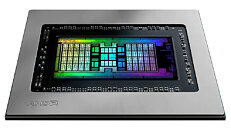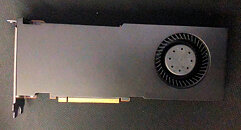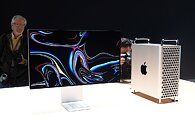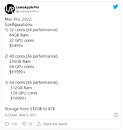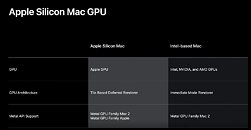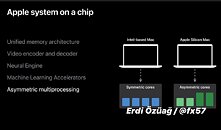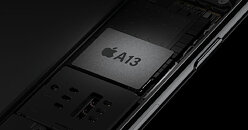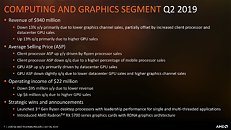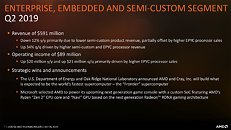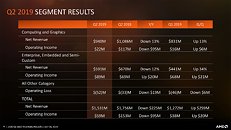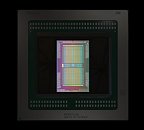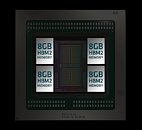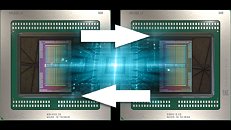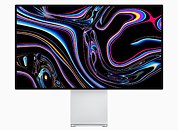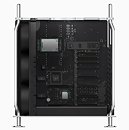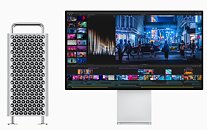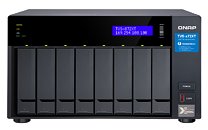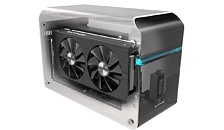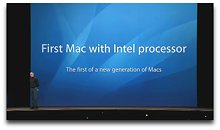
Apple Introduces M2 Ultra
Apple today announced M2 Ultra, a new system on a chip (SoC) that delivers huge performance increases to the Mac and completes the M2 family. M2 Ultra is the largest and most capable chip Apple has ever created, and it makes the new Mac Studio and Mac Pro the most powerful Mac desktops ever made. M2 Ultra is built using a second-generation 5-nanometer process and uses Apple's groundbreaking UltraFusion technology to connect the die of two M2 Max chips, doubling the performance. M2 Ultra consists of 134 billion transistors—20 billion more than M1 Ultra. Its unified memory architecture supports up to a breakthrough 192 GB of memory capacity, which is 50 percent more than M1 Ultra, and features 800 GB/s of memory bandwidth—twice that of M2 Max. M2 Ultra features a more powerful CPU that's 20 percent faster than M1 Ultra, a larger GPU that's up to 30 percent faster, and a Neural Engine that's up to 40 percent faster. It also features a media engine with twice the capabilities of M2 Max for blazing ProRes acceleration. With all these advancements, M2 Ultra takes Mac performance to a whole new level yet again.
"M2 Ultra delivers astonishing performance and capabilities for our pro users' most demanding workflows, while maintaining Apple silicon's industry-leading power efficiency," said Johny Srouji, Apple's senior vice president of Hardware Technologies. "With huge performance gains in the CPU, GPU, and Neural Engine, combined with massive memory bandwidth in a single SoC, M2 Ultra is the world's most powerful chip ever created for a personal computer."
"M2 Ultra delivers astonishing performance and capabilities for our pro users' most demanding workflows, while maintaining Apple silicon's industry-leading power efficiency," said Johny Srouji, Apple's senior vice president of Hardware Technologies. "With huge performance gains in the CPU, GPU, and Neural Engine, combined with massive memory bandwidth in a single SoC, M2 Ultra is the world's most powerful chip ever created for a personal computer."













